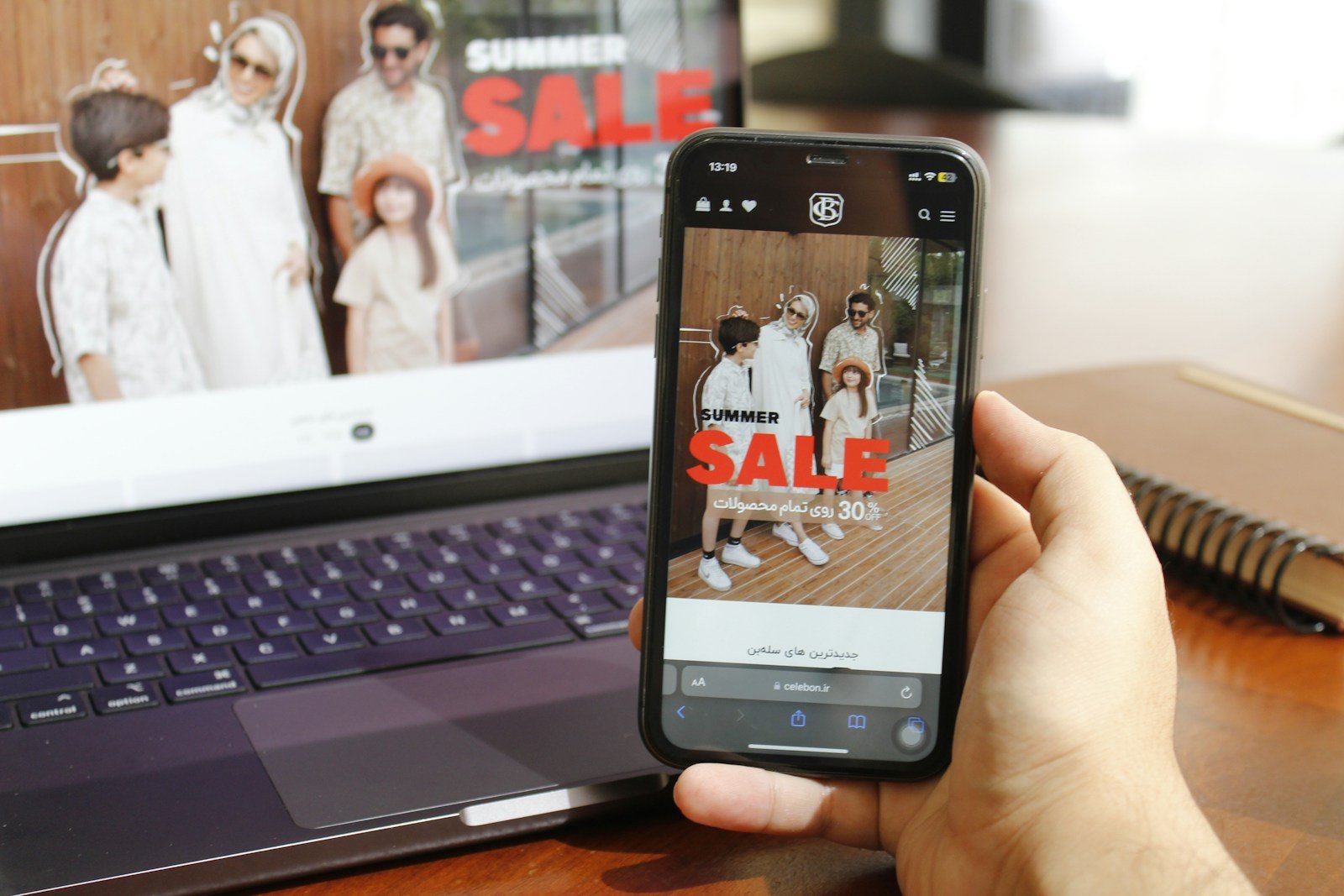In today’s fast-paced digital world, having a responsive website isn’t just a luxury; it’s a necessity. With smartphones accounting for over half of all online traffic, it’s vital that your BigCommerce store is optimised for mobile. Some argue that a responsive design can make or break your sales, and it’s hard to disagree. So, how do you ensure your mobile sales soar? In this article, we’ll explore the key elements of a responsive BigCommerce build and how they can enhance your online sales.
The Importance of a Responsive Design
Responsive design refers to a website’s ability to adapt to different screen sizes and orientations. This means that whether your customer is browsing on a smartphone, tablet, or desktop, their experience remains seamless. With a responsive BigCommerce build, users can easily navigate your site, find products, and make purchases without any hiccups.
For instance, consider the case of ASOS, a leading fashion retailer. They invested heavily in their mobile site, ensuring it was not only responsive but also user-friendly. The result? A staggering 60% of their online sales now come from mobile devices. This demonstrates that when you prioritise mobile optimisation, you can capture a significant chunk of potential sales.
Key Features of a Responsive BigCommerce Build
There are several critical features to consider when building a responsive BigCommerce site:
- Fluid Grids: Fluid grids allow your layout to adapt fluidly to the screen size. This means that your images, text, and other elements resize proportionally, creating a cohesive user experience.
- Flexible Images: Using CSS techniques, flexible images can resize within their containing elements, ensuring they don’t overflow or appear distorted on smaller screens.
- Media Queries: Media queries enable your site to apply different styles based on the device’s characteristics, such as screen width or resolution. This allows for a tailored experience that meets the needs of mobile users.
- Touch-Friendly Navigation: Simplifying navigation for touch screens is crucial. Large buttons and easy-to-read fonts ensure that users can navigate your site without frustration.
- Optimised Checkout Process: A complicated checkout process can lead to cart abandonment. Streamlining the steps and making them mobile-friendly can significantly reduce drop-offs at this critical stage.
Real-World Examples of Successful Responsive Builds
To further illustrate the effectiveness of responsive designs, let’s take a look at some successful brands:
1. Nike
Nike’s mobile site is a prime example of a well-executed responsive design. They utilise a clean layout with easy access to products and categories. The user experience is enhanced with high-quality images and fast loading times. This attention to detail has resulted in increased mobile sales and customer loyalty.
2. Amazon
Amazon is another giant that has mastered mobile responsiveness. Their website adapts beautifully to different devices, making shopping a breeze. Features like one-click purchasing and personalised recommendations keep users engaged and coming back for more.
Best Practices for Enhancing Mobile Sales
Now that we understand the importance of a responsive design, let’s explore some best practices that can further enhance your mobile sales:
- Speed is Key: A slow-loading site can turn potential customers away faster than you can say “abandon cart.” Optimise images and minimise redirects to improve loading times. Some argue that every second counts, and studies show that even a one-second delay can result in a 7% reduction in conversions.
- Implement User Feedback: Continuously gather user feedback to identify areas for improvement. This can help you discover pain points in your mobile experience and make necessary adjustments.
- Use A/B Testing: Experiment with different layouts, buttons, and colours to determine what resonates best with your audience. A/B testing can provide invaluable insights into user behaviour.
- Leverage Social Proof: Incorporate reviews, testimonials, and ratings prominently on your mobile site. Social proof can help build trust and encourage hesitant buyers to make a purchase.
- Mobile-Optimised Content: Ensure that your content is tailored for mobile users. Shorter paragraphs, bullet points, and engaging visuals can make a significant difference in keeping users engaged.
Conclusion: The Future of Mobile Sales
As we move forward in the digital age, the importance of a responsive BigCommerce build cannot be overstated. With mobile shopping on the rise, businesses that neglect this vital aspect may find themselves lagging behind. By implementing the strategies discussed, you can create a user-friendly platform that not only attracts but retains customers.
While it’s tempting to think that simply having a mobile site is enough, the reality is that ongoing optimisation is crucial. Regularly update your site based on user feedback and industry trends to stay ahead of the curve. Remember, in the world of e-commerce, evolution is key.
FAQs
1. What is a responsive design?
A responsive design is a web design approach that allows a website to adapt its layout and content to different screen sizes and devices, providing an optimal viewing experience for users.
2. How can I improve my mobile sales?
Improving mobile sales can be achieved by ensuring your site is responsive, optimising loading speeds, simplifying navigation, and implementing user feedback.
3. Why is a responsive design important for e-commerce?
A responsive design is crucial for e-commerce because it enhances user experience, reduces bounce rates, and ultimately increases conversions, especially as more consumers shop via mobile devices.
For those seeking expert assistance, exploring options like Dev Centre House Ireland may provide valuable insights and support for your e-commerce needs.
